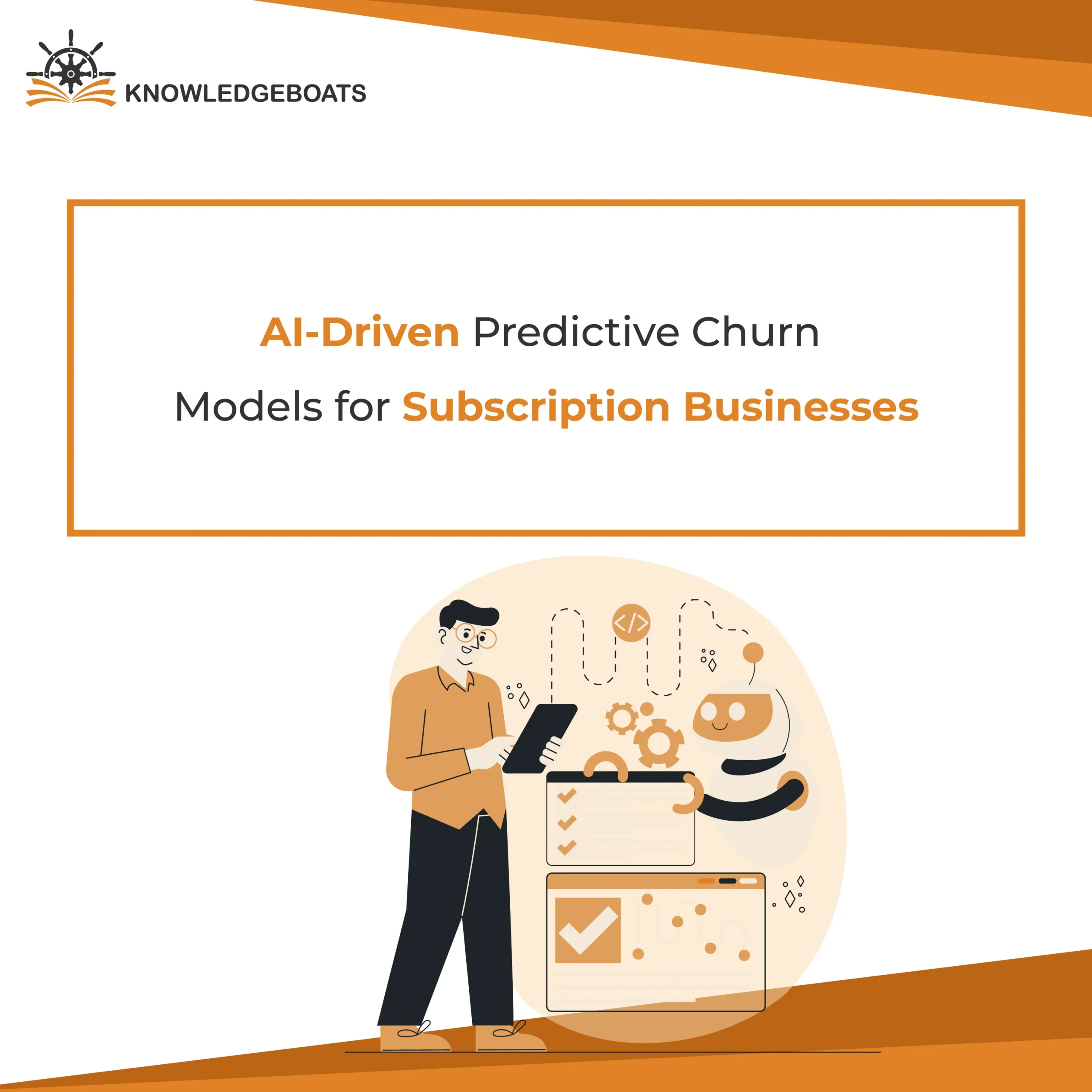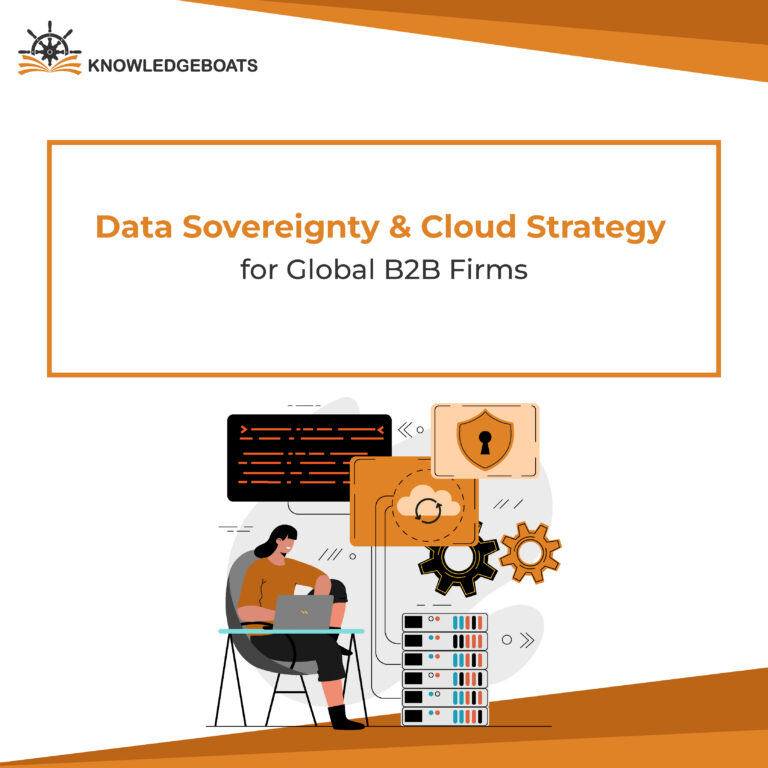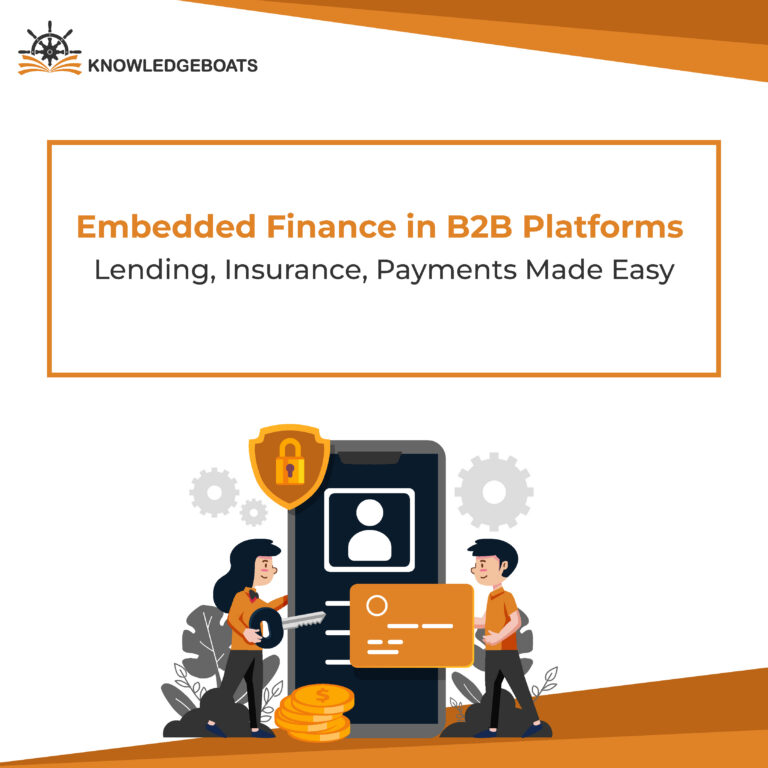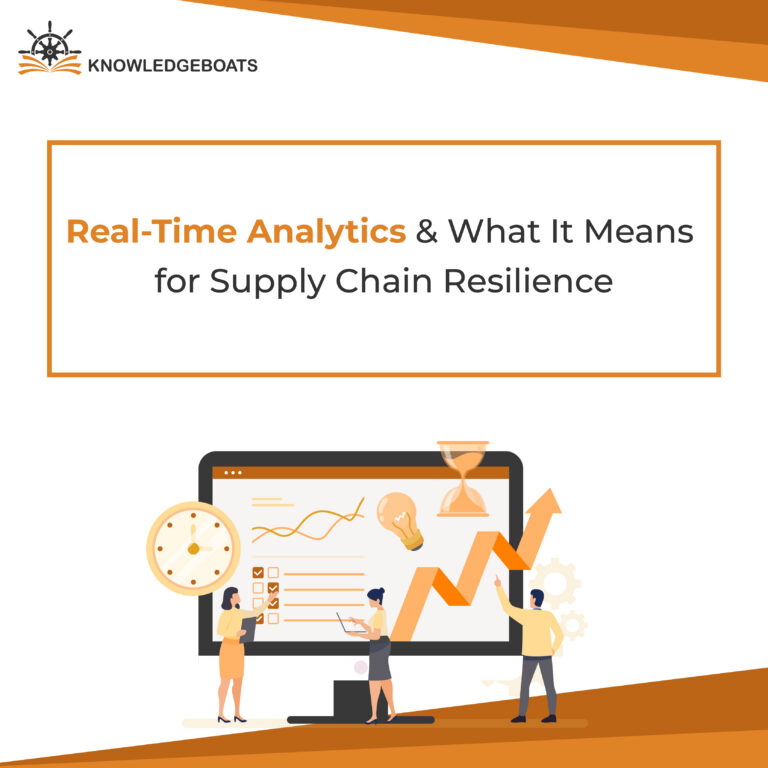
You’re looking at your monthly numbers, feeling good about new sign-ups. But then you see the churn rate. It’s the slow, silent leak in your business, the digital equivalent of watching customers quietly walk out the back door.
For every two steps forward in new acquisitions, churn can feel like one or sometimes two steps back. You send the exit survey, you get the generic “it wasn’t a good fit” response, and you’re left guessing. It’s frustrating and feels reactive, like you’re always one step behind.
But what if you could get ahead of it? What if you had a sort of “early warning system” that could tap you on the shoulder and say, “Hey, see that customer over there? They’re thinking about leaving next month. And here’s why.”
That’s not a fantasy. That’s exactly what AI predictive churn models are doing for subscription businesses right now. They’re changing the game from a reactive post-mortem to a proactive rescue mission.
What Is This AI Crystal Ball?
AI churn prediction model for subscriptions is a smart system you train on your own customer data. It pores through the history of thousands of customers, both the ones who stayed and the ones who left and learns to spot the subtle patterns that show up before someone cancels.
It’s important to note this is totally different from the churn a retail store sees. A one-time shopper not returning is one thing. But with subscription churn prediction, we’re trying to save an ongoing relationship. The signals are deeper, hidden in day-to-day behavior.
From Firefighting to Future-Proofing
Okay, you might be thinking, it sounds cool, but is it worth the effort? Absolutely. Moving to a predictive model is less of an upgrade and more of a fundamental shift in how you operate.
- You Stop Guessing and Start Acting: Instead of a blanket “we miss you!” email sent to everyone, you can get specific. The model gives you a churn risk score for each user. This lets you focus your energy. Maybe your high-value, high-risk customers get a personal call from customer success. The medium-risk folks get an offer for a free training session on a feature they’re not using. It’s about the right intervention, for the right person, at the right time.
- You Get a Roadmap for Your Product: This is my favorite part. The best churn prediction models for SaaS don’t just tell you who is at risk, they tell you why. Imagine your product team getting a report that says, “Customers who don’t use our new reporting feature within 14 days are 75% more likely to churn.” That’s not just a retention insight; that’s a bright, flashing arrow pointing to a potential onboarding or usability problem. Your churn model becomes a feedback loop for building a better product.
- You Make More Money: We all know it costs way more to acquire a new customer than to keep an old one. By cutting churn, you’re directly boosting your customer lifetime value prediction. A small dip in your churn rate can have an outsized impact on your recurring revenue and long-term growth.
How It Actually Works?
This isn’t some magic black box. It’s a logical process that turns your raw data into actionable wisdom.
Step 1: The Ingredients, Your Data.
Think about all the digital breadcrumbs your customers leave behind. An effective model feasts on this data. We’re talking about things like:
- Behavioral Data: This is the goldmine. When did they last log in? How many key actions did they take this week compared to last month? Are they using “sticky” features that correlate with long-term value? This is where behavioral analytics churn comes to life.
- Billing & Subscription Info: Are they on a monthly or annual plan? Have they had a payment fail recently? Did they just downgrade from a premium tier?
- Support Interactions: How many tickets have they filed? Was the sentiment of their emails frustrated or happy?
Step 2: Finding the Secret Signals with Feature Engineering
This is the secret sauce. A data scientist doesn’t just feed raw data to the machine, they craft it. Feature engineering for churn models means turning simple data points into meaningful insights. For example, instead of just “last login date,” they’ll create features like Days since last login or Change in login frequency over the last 30 days.
This is where you spot the real patterns, like a user’s activity dropping off a cliff three weeks before they cancel.
Step 3: The Machine Learning Model
Once you have these smart features, you feed months (or years) of this historical data into a machine learning churn prediction algorithm. You show it thousands of examples of customers, saying “this one churned, this one stayed,” until the model learns the complex connections. Powerful algorithms like XGBoost or Random Forest are great at this, finding patterns a human could never spot in a spreadsheet.
The Best Part – AI That Actually Explains Itself
The biggest knock against older AI models was that they were a “black box.” They’d spit out a churn score, and you’d just have to trust it.
The new wave of explainable AI churn models changes everything. Now, for every customer flagged as “high risk,” the system can give you a simple, human-readable list of reasons.
Instead of just seeing:
Jane Doe: 92% Churn Risk
You get:
Jane Doe: 92% Churn Risk
- Reason 1: Her usage of the “Project Dashboard” feature has dropped 80%.
- Reason 2: She hasn’t invited any new team members in 60 days.
- Reason 3: She recently had a failed payment.
Now your customer success team has a perfect script. They can reach out and say, “Hey Jane, I saw you haven’t been using the Project Dashboard as much. A lot of our power users find it helpful for X, Y, and Z. Do you have 15 minutes to walk through it?”
That’s not a sales pitch. That’s a helpful, relevant intervention that solves a real problem and, in the process, saves a customer.
Wrapping up: It’s Time to Stop Reacting
In the subscription world, the companies that win will be the ones that know their customers best. And that means knowing what they need before they even have to ask and seeing the warning signs before they head for the door.
Putting an AI predictive churn model in place is more than just data science. It’s about shifting your entire company culture from reactive to proactive. It’s about finally plugging the leaks in your bucket so you can focus on filling it to the brim.


